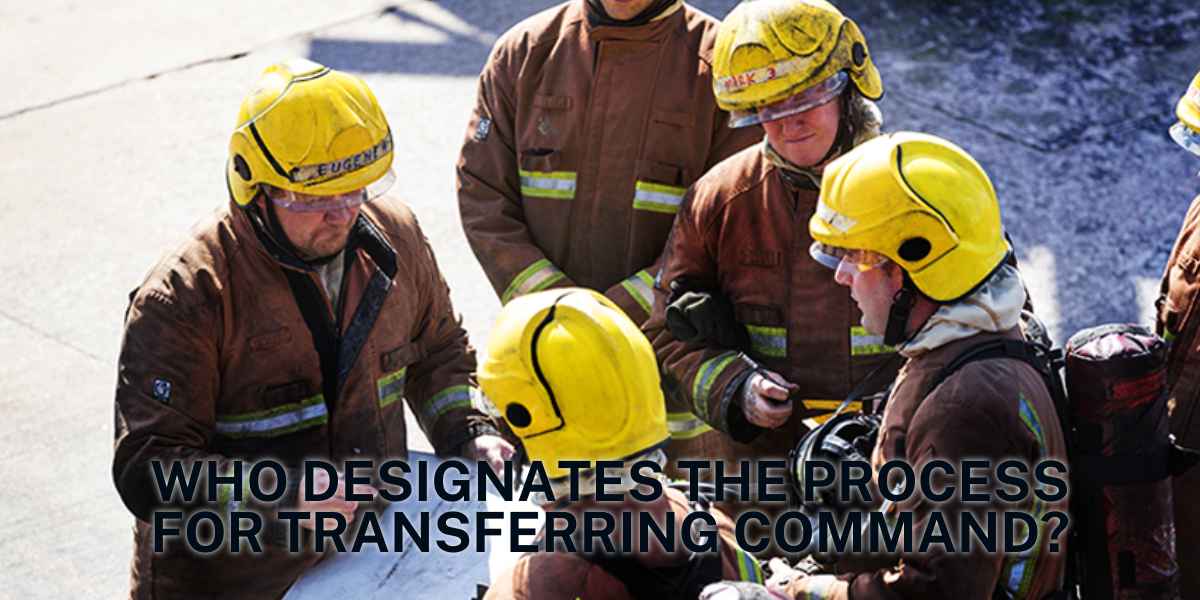In any organization, there is a process for taking command. This process can vary based on the type of organization and the individuals within it. However, one common element across all organizations is the designation of who will take command in an emergency.
In this blog post, we will explore this concept and discuss the different types of transferral mechanisms that are used to designate someone as the new leader. We will also look at some factors to consider when choosing a transferral mechanism and discuss some potential risks and benefits associated with using each type of mechanism.
The Chain of Command
The chain of command is a system of military command that is used in many armed forces around the world. It defines the process by which responsibility for carrying out orders and managing troops is passed from one level to another. In most cases, the chain of command starts with the commander-in-chief (or his designated representative) and flows down through the hierarchy of officers to lower-level commanders. Military authorities typically delineate six levels within the chain: top, middle, lower, subaltern, junior officer, and soldier.
In a military organization, the commander-in-chief is the highest-ranking officer and is usually the only individual who has the authority to give orders that affect the entire military. He or she is responsible for organizing, training, and equipping their troops, and ensuring that they are properly armed and equipped. The commander-in-chief also has direct control over resources such as money, materials, and soldiers.
The next level down in the chain of command is the commanding general. This position is usually held by an officer who has been promoted from within the ranks of the army or marines. The commanding general is responsible for managing operations within a particular area of responsibility (AOR). They are also responsible for providing leadership to their unit commanders and staff officers.
The next position in the chain of command is the battalion commander. These officers are typically field commanders who lead small units of around 500 soldiers. Battalion commanders are responsible for planning and carrying out tactical operations, as well as coordinating with other units in their AOR.
The next level down is the company commander. These officers are in charge of a group of around 100 soldiers assigned to a specific battalion or regiment. They are also responsible for leading their company during combat

Who Designates The Process For Transferring Command?
There is no clear answer to this question as it can vary depending on the specific situation. In general, however, a commander will usually designate a designated officer or senior enlisted leader to carry out the process of transferring command. This individual will typically be someone who has both administrative and leadership responsibilities within the unit and understands how to manage personnel and resources effectively.
The designated officer or senior enlisted leader will first assess the situation and determine whether or not a formal transfer of command is necessary. If so, they will work with the new commander to create a plan for executing the transition. They will also work with any other relevant personnel within the unit to ensure that everything goes smoothly during the transition.
Ultimately, it is up to the newly appointed commander to take control of their unit once the transfer process is complete.
The chain of command in the military
Military leadership is not a single entity, but a chain of command. The chain of command comprises the individuals who make the decisions that affect troop operations and safety. It starts at the top with the commander in chief and flows down to battalion commanders, company commanders, platoon leaders and squad leaders. From there it goes to captains, first lieutenants and second lieutenants. Once these officers reach the rank of captain or higher, they are given authority to designate specific processes for transferring command.
If You Need To Get More Information Then Click The Below Link.
In a military organization, who designates the process for transferring command? This is an important question to ask because it can have a significant impact on how successfully and efficiently an organization functions. In theory, the decision to transfer command should be made as soon as possible after someone detects that a change in leadership is necessary.
However, in practice this decision may not always be made quickly or efficiently. There are many factors that need to be considered before making the transfer, including the political situation at the time, whether there are any potential conflicts of interest between those currently in charge and those who would take over their positions, and more.




